In this post, we highlight the desire to replace tokenization with a general method that better leverages compute and data. We’ll see tokenization’s role, its fragility and we’ll build a case for removing it. After understanding the design space, we’ll explore the potential impacts of a recent promising candidate (Byte Latent Transformer) and build strong intuitions around new core mechanics. https://webdesignernews.com/the-bitter-lesson-is-coming-for-tokenization/
Login to add comment
Other posts in this group

Every “fresh” design trend you love is probably stolen—from Soviet posters to 80s neon, from Bauhaus to Blade Runner. We’re not inventing; we’re remixing. Here’s the proof that today’s hottest web aes
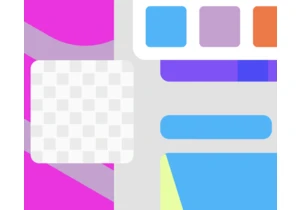
To create self-serve templates that bend—but don’t break—brand designers need to consider work through a marketing lens. Here’s how to set up editing guardrails and design layouts that flex and scale.
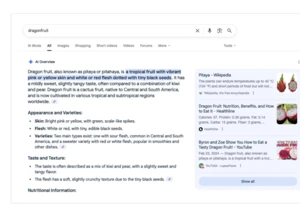
Generative AI (genAI) is reshaping how people search for information. Anyone watching their content pageviews decline is currently experiencing the impact of this. But what’s behind the shift? The spe
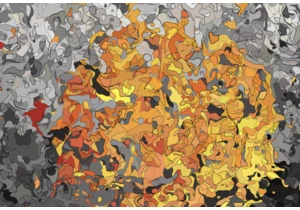
There’s some fun computational geometry in my latest artwork, and in this article I’ll walk through how I take a scramble of disconnected paths and turn them into closed shapes, using half-edges and a
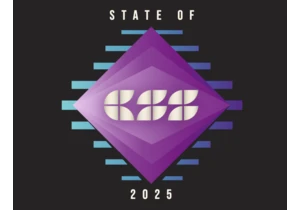
One could be forgiven for being slow to adopt all these new-fangled CSS features. After all, do we really need them? And even if we do, do they even work reliably across browsers? https://webdesignern
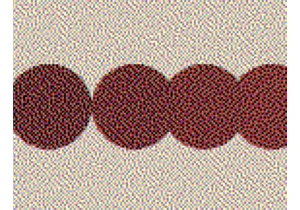
Motion is critical for how a product feels. It guides attention, reinforces brand personality, and can make an interface feel more responsive. Motion has been a core part of my design process, going w

Across higher education globally, institutions are reimagining how to prepare students for a digital-first world. As part of that movement, Adobe is proud to recognize the inaugural Adobe Creative Cam
